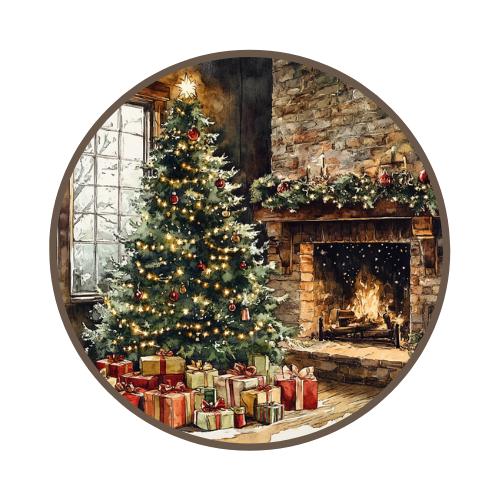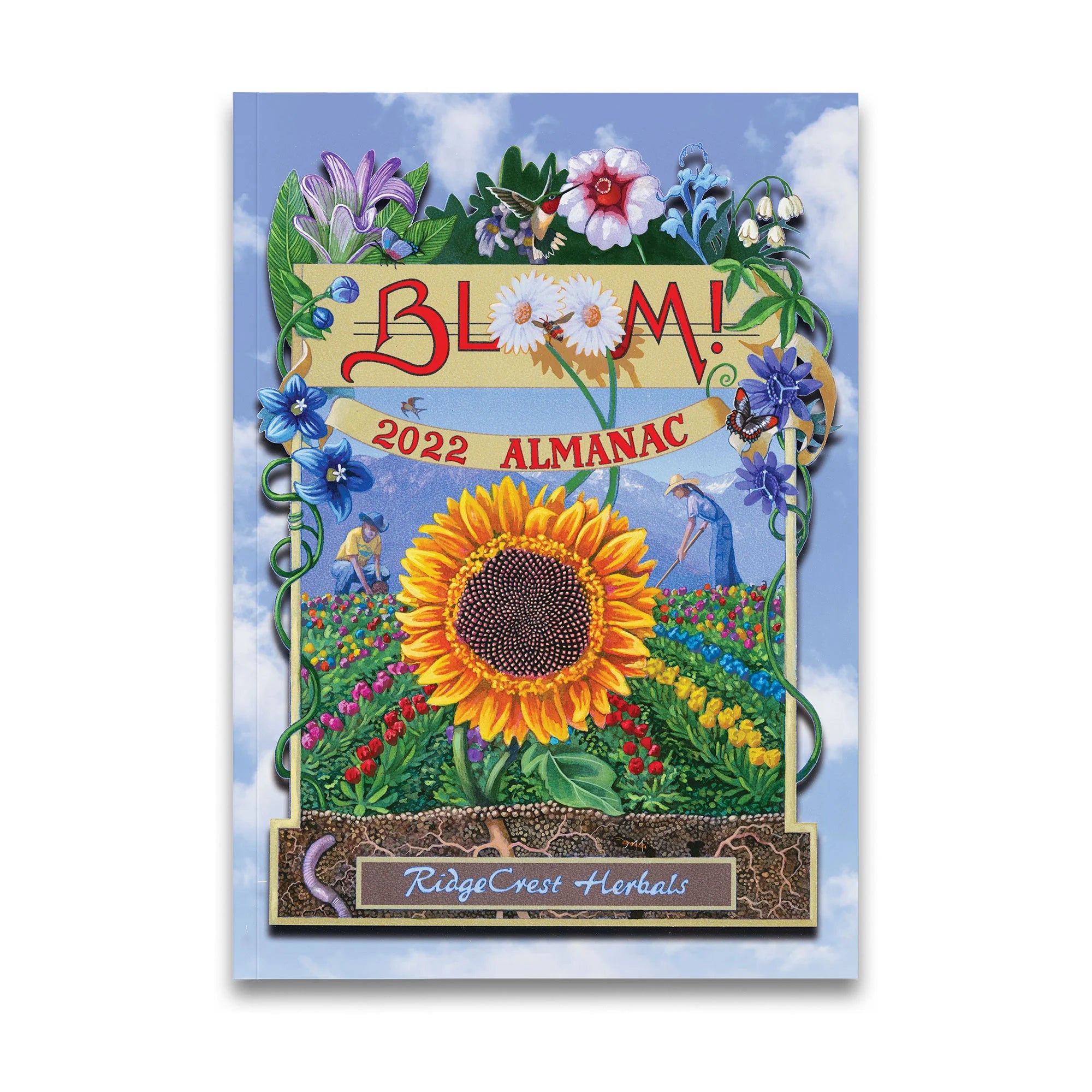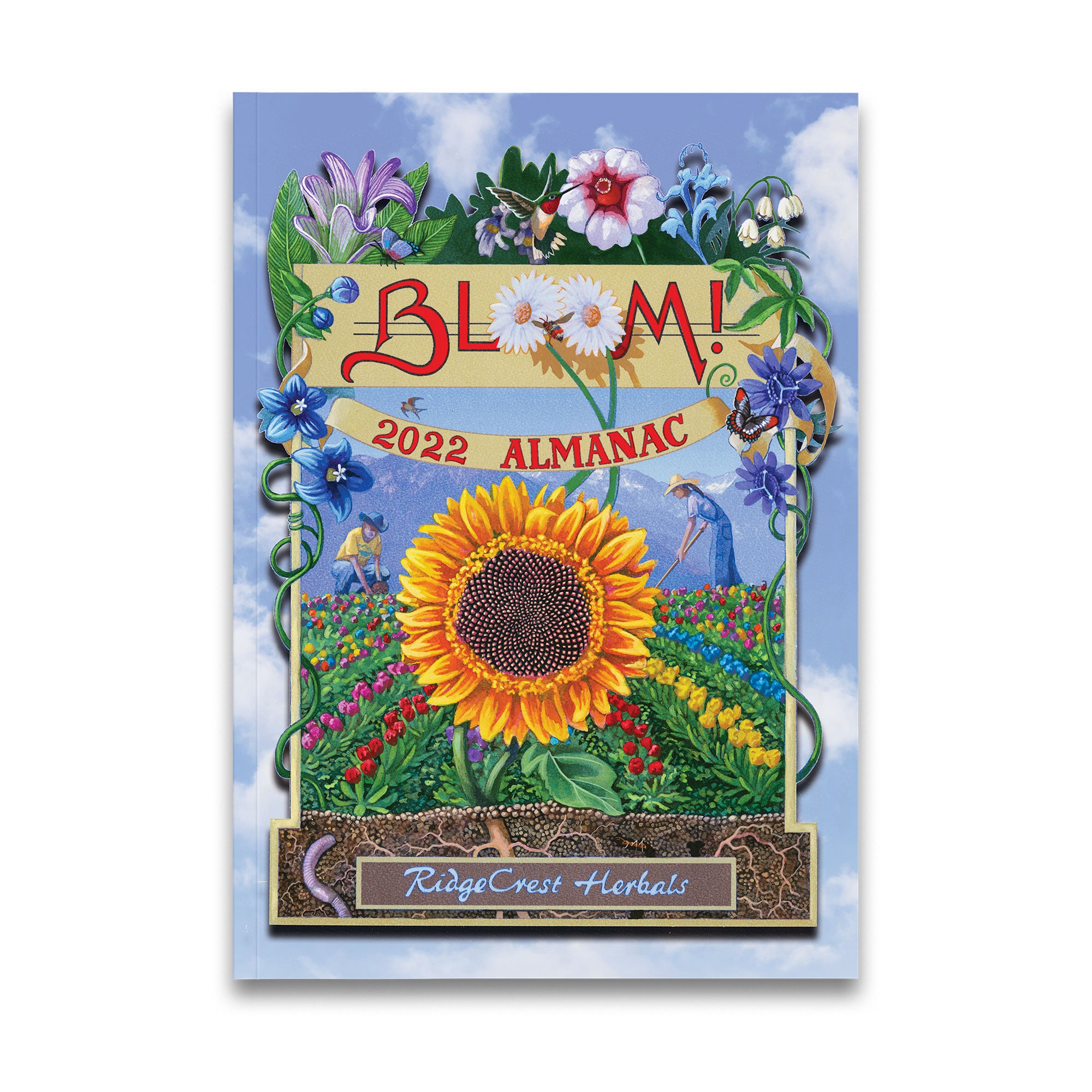In years past, having a Christmas tree in my home wasn’t too important to me. Now that I have a toddler and making memories is an integral part of the holiday, a tree is no longer optional. I’ve never liked the idea of a plastic tree; I adore real trees. But the ecological impact of the Christmas tree industry worried me. I researched which was better for the environment: plastic or live Christmas trees? The answer surprised me.
Fake Christmas trees make up about 80% of Christmas trees in the United States. Most of them are made from PVC pipe (made from oil) and steel and are shipped from China. The carbon footprint of transit is much larger than a locally purchased real tree. The Artificial Christmas Tree Association commissioned a study from WAP Sustainability Consulting. They found that if the tree is used for more than five years, it is more ecologically friendly than a real Christmas tree. However, the Natural Christmas Tree Association rejects the study’s findings, claiming that the non-renewable resources used to produce the tree does more damage to the environment than WAP claims. A forestry expert at Michigan State, Bert Cregg, says the scope of the study was too narrow and did not consider the long-term biohazard effects of the plastics.
A less industry-controlled study by the Carbon Trust found very different results. An average-sized tree grown on a farm produces 3.5kg of C02. A fake tree of the same size produces 40 kilograms of CO2. Still, it would take over ten years of reuse for an artificial Christmas tree to meet the carbon offset of one real Christmas tree. It would take longer if the real tree was purchased from a local Christmas tree farm.
There are other factors to consider. The petrochemicals used to create artificial trees can give off toxic fumes, especially as you open a new tree. It’s recommended to let them air out before bringing them inside. As the tree gets older, warnings begin to suggest the washing of hands to avoid lead contamination. It’s highly recommended you throw the tree out after more than ten years anyway, because of the breakdown of chemicals and increased risk to pets and small children as it ages. People with environmental sensitivities may find they notice increased negative symptoms during the holiday season, and it may not be just due to stress — it may be your old, fake Christmas tree.
With a real tree, you may think that the water and time it takes to grow is too big of an environmental impact. Christmas tree farms are surprisingly sustainable, however, especially if you buy from a local, family-owned farm. Many are set up on rolling hills that don’t do well for the machinery of other crops. The trees are planted and harvested sustainably, with new trees being planted to replace the old ones. The trees protect the land from erosion and provide an ecosystem for animals and insects. They help carbon emissions in the area by absorbing carbon back from the atmosphere. When appropriately recycled, either through a city pick-up program, burning, or turning them into wood chips for your yard, they are by far the most environmentally-friendly choice. Even Bill Ulfder, the executive director of The Nature Conservancy in New York, agrees. I know my locally used Christmas trees go to good use — I see them stacked along the Jordan River in the nature preserve near my house, preventing erosion and supporting the wildlife in the area.
In the end, if you can afford it, a real Christmas tree is the way to go. It wasn’t the answer I expected to find when I started to research, but it was the answer I wanted! If you have always wanted to celebrate using a real Christmas tree, the environment thanks you!






Leave a comment
All comments are moderated before being published.
This site is protected by hCaptcha and the hCaptcha Privacy Policy and Terms of Service apply.